|
Pre-cycling excitement! We learn more about the pre-cycling process almost every day. Last week I wrote about Steve Flint, of Mary Hogan School, whose nitrite hit 10.0. Levels of either ammonia or nitrite at or above 5.0 are highly toxic, including for the good bacteria contained in Nite-Out II. So Robb Cramer's advice to Steve was:
Rapidly dropping pH and cloudy water Charlie Cummings, of Fisher Elementary School, recently reported two developments: (1) his pH plummeted from 7.6 to 6.0 in a single day and (2) his water became extremely cloudy. Robb's responses were to do a 50% water change to raise the pH and that the cloudy water was a good sign. It likely indicates a "bacterial bloom" and should clear up in a couple of days. Here's a ThatPetPlace article on the subject. (Below is a short slideshow of Melinda Carpenter's students at Bellows Free Academy doing a water change. What kids doesn't love playing with water?) 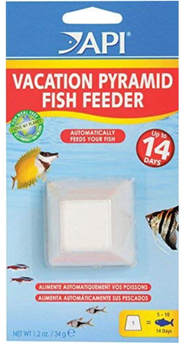 Your bacteria need to eat too! As our instructions say (pages 19 & 20 of the Manual), once your tank has cycled, you need to make sure that you "feed" the bacteria. That includes during the upcoming December-January break. Since most teachers are likely to find it difficult to get into school frequently to feed their bacteria, API makes a product to do that job for you. Here's a link to the Amazon page where you can buy this product, which is meant to feed your fish for up to 14 days. Three weeks to egg delivery! The Vermont Trout in the Classroom program plans to conduct egg deliveries during the week of January 7, 2019. These are coordinated in each region by the chapter liaison. If you haven't heard from your coordinator yet, feel free to reach out to that individual. You can find the list of Chapter Liaisons on the Contact Us Web page of this site. Here's what the egg delivery map looks like for the Southwestern Vermont Trout Unlimited chapter: I hope you're doing well. Please send your photos, videos, ideas, suggestions, and questions.
0 Comments
First I had to learn what a "phenomenon" was! On December 7, Mary Fiedler, 5th & 6th grade science teacher at Cambridge Elementary School, asked this question: I was wondering if anyone has any catchy phenomena to begin the TIC unit? Last year's teacher used "what caused the fish kill" and had a lovely few pics of dead fish, but I used that question for my watershed unit earlier this year. Does anyone have any suggestions? A few of you responded with good ideas for kicking off the TIC project, which we'll get to in a bit, but first, "What is a phenomenon in the NGSS context?" It wasn't all that easy for me, an outsider to the world of the NGSS, to answer that question, but here's a definition that I found: Phenomena are observable events in nature (or our lives) that connect to multiple NGSS disciplinary core ideas, such as Finnish Snow Trees or the behavior of bees. Throughout a unit, students work towards explaining the science concepts behind the phenomenon in their own words. I didn't find that very helpful but also came across this, which illuminated the topic better: Phenomena are commonly thought to be the "ewwwww, weird, oh man!!" kinds of traditional science demos which (while still really fun for teachers & students) are not always academically productive. Phenomena should drive units and keep students working to "figure out" rather than "learning about." I found the statements above at this Web site that has many examples and is searchable. The Web site also allows you to submit your own phenomena to the shared database. So, I'm hoping that some of you can provide examples of phenomena you use or plan to use with your TIC students. Pre-cycling! I'm getting lots of reports of schools that are either in or through the pre-cycling process. As I mentioned in my e-mail a few days ago, a fair number of teachers missed the message that, if BOTH your ammonia and nitrite hadn't hit 1.0 ppm or more, you needed to add more ammonium chloride. I also got an e-mail from Steve Flint, of Mary Hogan School, saying that his ammonia went up and down, as it should do during the nitrogen cycle, but that his nitrite was 10.0. Whoa! I relayed that to Robb Cramer, and he recommended a 50% water change. Steve was also wondering whether that very high measurement might be an artifact of the test strip water testing system he is using. Let's remember what's supposed to happen in the nitrogen cycle.
More ways to kick off TIC Last week, my wife and I visited our granddaughter's 3rd grade class to teach a Four Winds lesson on erosion. We began by asking the kids what they remembered of Tropical Storm Irene, which had a terribly destructive impact on most of Vermont in August 2011. Fortunately almost all of these eight and nine year olds had vivid memories of the floods and raging rivers that Irene brought to their neighborhoods. That turned out to be a great way to initiate a conversation about erosion. I suspect it might not be a bad way to start talking about trout habitat. Videos A quick Internet or YouTube search will turn up numerous dramatic videos illustrating Irene's destructive force. Here's one, shot in Taftsville, that includes oil and propane tanks racing down the Ottaquechee River. How's that going to affect the habitat? This longer video by Seven Days covers many areas of the state. (There is a bleep-able word at 1:02".) What happens to the trout when this is going on? For readers In addition to riveting videos like these, for older kids that are some great text-and-photos resources available about the impact of Irene. Here's a great story from Trout Unlimited's Trout magazine about the consequences of the flood and the conditions that made it worse. This is a Vermont Fish & Wildlife Department report on the impact of Irene on Vermont rivers and their inhabitants. As you can see, it's more technical and text-heavy but has good data and great charts. Let us know your ideas about how to introduce students to the TIC project! |
Joe Mark is Lead Facilitator of Vermont's Trout in the Classroom program.In June 2012, I retired after 40 years in higher education, having spent the last 32 years of my career as dean at Castleton. One of the first things I volunteered to do in retirement was to work with a parent-friend to help the Dorset School, where his kids and my Vermont grandkids attend, start a TIC program. Gradually that commitment grew into my current role, which is both demanding and highly rewarding. Archives
December 2019
Categories |
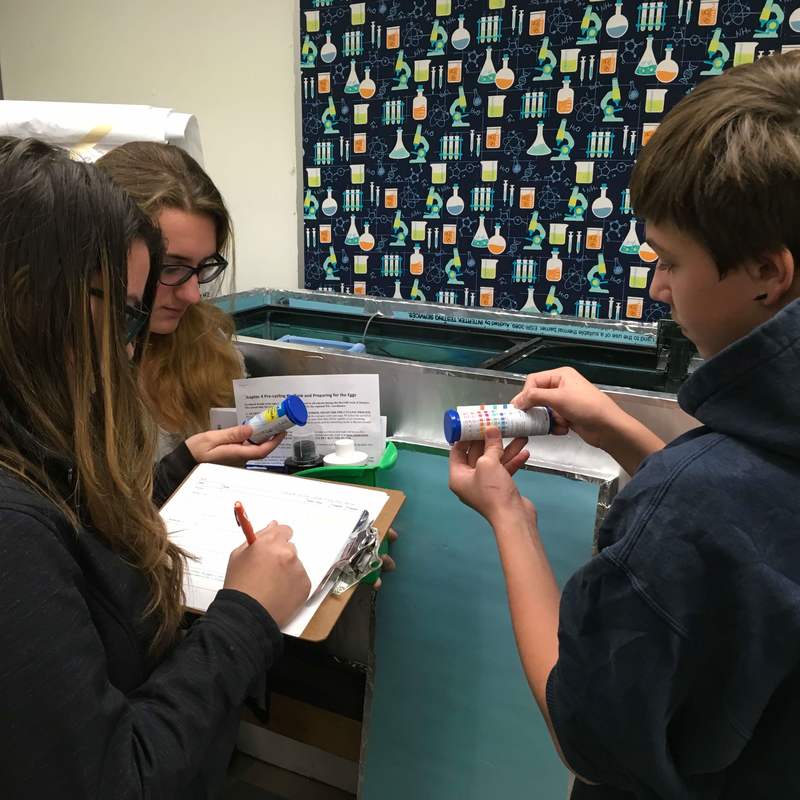
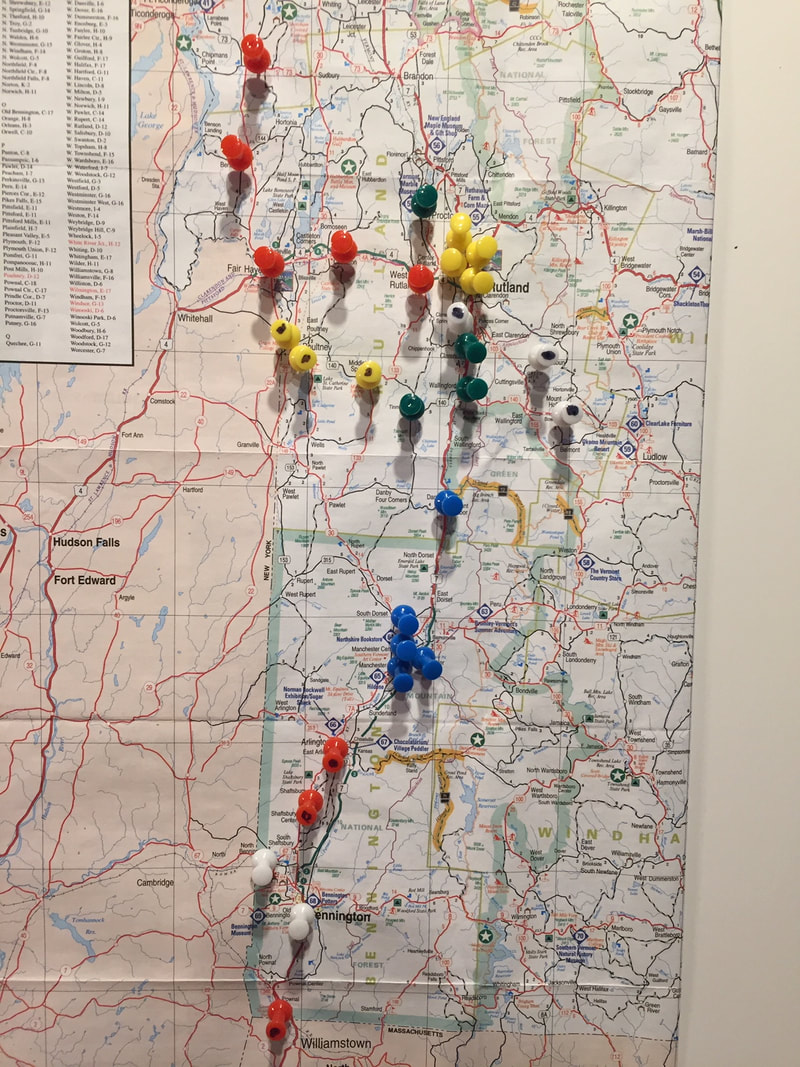
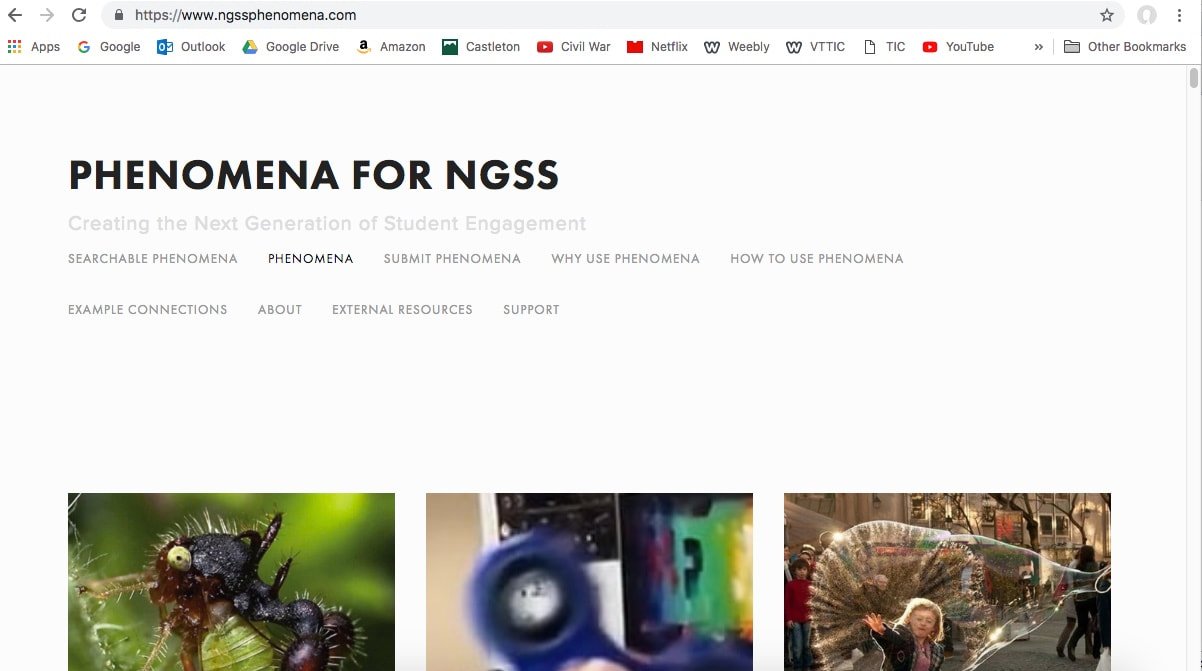
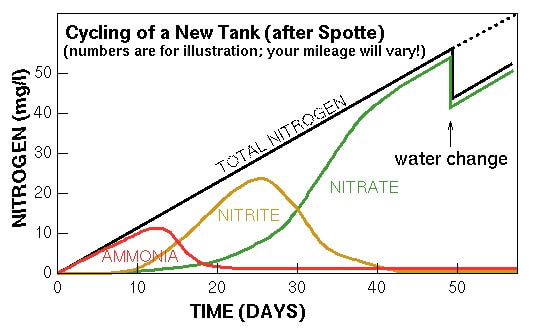
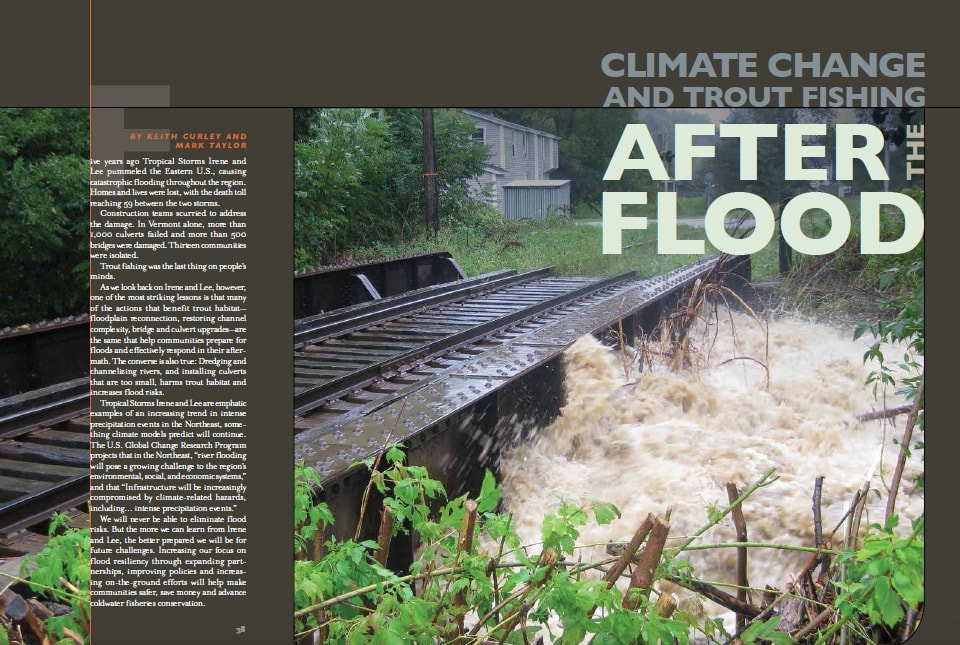
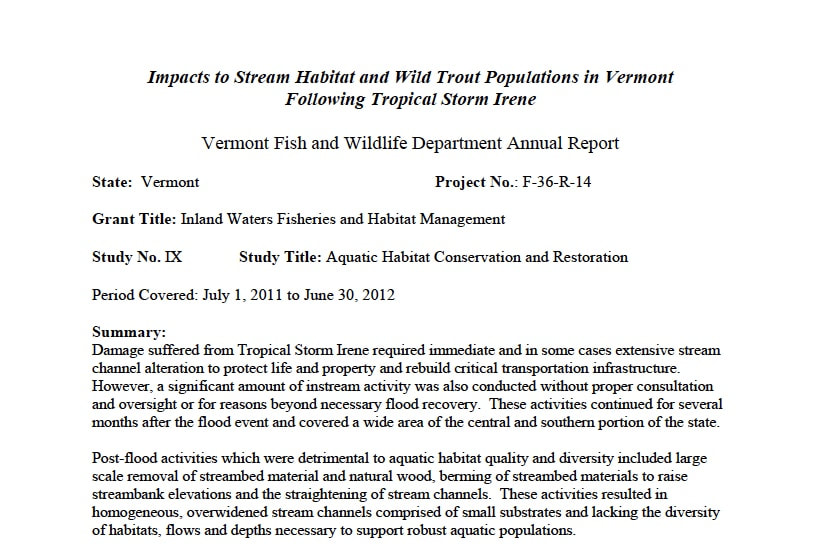
 RSS Feed
RSS Feed
